While many people lament The Malaise Era, I don’t fall into that category. I acknowledge that most cars from the period were less than impressive, but it marked a watershed moment in vehicle design and engineering. Nowhere was this new school of thought better demonstrated than in the 1984 Camaro Z28. With tighter emission and safety regulations limiting vehicle performance, Chevrolet adopted an innovative approach to recapture the glory days. This Z28 isn’t perfect, but it recently emerged after nineteen years of hibernation. The seller returned it to a roadworthy state and feels the time is right for it to find a new home. The Camaro is listed here on eBay in South Holland, Illinois. Bidding has raced past the reserve, sitting at $3,050.
Chevrolet released its Third Generation Camaro in 1982, and its styling caused a sensation. It wasn’t a case of the company being bold for the sake of it, but a lot of engineering and aerodynamic research produced the low and aggressive shape. This Camaro wears Dark Blue Metallic paint, and although it isn’t perfect, it retains an impressive shine for an unrestored vehicle of this age. Part of its overall condition is probably the result of its recent history. The seller located the Z28 hidden in a heated shed, a spot it had occupied for nineteen years. He was surprised when he dragged it out because it is a pretty solid survivor. The only known rust is a small spot in the driver’s side A-Pillar. Otherwise, this Camaro is as rock-solid as it was the day it rolled off the line. The paint has imperfections, but it remains presentable for a driver-grade classic. There are scars and marks on the leading edge of the front spoiler, but a paint shop could address those to improve the overall presentation. If the new owner wishes to minimize their costs, repairing the rust and the spoiler defects is all it would take to return this Camaro to a tidy state that would garner compliments at a Cars & Coffee. Otherwise, the remaining plastic looks good, the glass is spotless, and the same is true of the factory alloy wheels.
When we assess the drivetrain configuration of this Camaro, it probably won’t set too many pulses racing. It features a 305ci V8 producing 150hp, a four-speed automatic transmission, power steering, and power brakes. If the driver pointed it at a ¼ mile, the journey would take a relatively leisurely 17 seconds. That is hardly muscle car territory, but the figure is significant. We need to rewind to the dying days of the Second Generation Camaro to gain critical insight. A buyer could walk into their Chevrolet dealership in 1981 and order an auto-equipped Z28 with a 350ci V8 under the hood. That motor delivered 175hp, but the car struggled to match the figure produced by our feature Camaro. A couple of factors worth considering make this more easily understood. The radical styling of the Third Generation model was due to significant aerodynamic research. The new car looked sleek and aggressive when unveiled, and it was a case of form and function working perfectly together. The new body required less power to slip efficiently through the air, which was a blessing in an era of shrinking power outputs. However, that’s only one part of the story. The other revolves around the subject of weight. As anyone involved in motorsport will attest, weight is the sworn enemy of performance. Lowering vehicle weight unlocks performance, which is the case with the Z28. For example, the 1981 model tipped the scales at 3,516lbs. Our feature Camaro is a relatively feather-weight 3,208lbs. That represents a difference of around 10%, which is nothing to sneeze at. That is why cars like this Chevy are so significant. It would not be unkind to suggest that before the 1970s, vehicle manufacturers had become lazy when tackling the question of high-performance models. They’d largely adopted a practice of shoehorning the largest and most powerful engine in their arsenal under the hood, patting the buyer on the head, and sending both on their way down the road. The Malaise Era forced companies to think laterally, and the high-performance models we enjoy today are the fruit of the thinking that emerged at that time. The seller indicates this Camaro hadn’t fired a shot while in storage, but it is in sound mechanical health. They replaced the battery, tires, front pads, rotors, and rear drums. The vehicle runs and drives well, ready to provide classic motoring pleasure to its new owner.
Besides limited performance potential, cars from the 1980s developed a reputation for interior trim and plastic I would describe as “biodegradable.” Plastic and cloth could rot and crumble, and it is common to see cars from this era with interiors that look like they recently hosted an army platoon on training maneuvers. The inside of our feature car isn’t perfect, but its condition is serviceable for a survivor-grade car. There is a tear on the outer edge of the driver’s seat, and the front carpet looks worn and dirty. The new owner might elect to spend around $300 on a new carpet set, but how they tackle the seats will depend on their budget. The cheapest option would be some decent slipcovers to hide the problem, which is a valid solution. Alternatively, a complete seatcover set costs around $700 and would permanently address the issue. The buyer will need to decide whether they are willing to make that commitment, and it may rest on the final purchase price of the car and if there would be a sufficient financial return to justify the cost. For example, if spending the full $1,000 only resulted in a market value increase of $500, that represents a bad investment. However, if it pushed the value north by more than $1,000, it gets my tick of approval. Most of the plastic looks good, as does the leather-wrapped wheel. There are no aftermarket additions, although it features factory options like air conditioning, power windows, an AM/FM radio, and a cassette player.
While many cars from The Malaise Era offered less than impressive performance, classics like this 1984 Camaro Z28 signaled a new approach by manufacturers. This one isn’t perfect, but it is a relatively solid and roadworthy vehicle that could make an excellent project candidate. If the bidding doesn’t increase much from its current level, it could also be one of the most affordable driver-grade V8 Camaros you will find in the current market. The action has been subdued, but are you tempted to ramp things up by submitting a bid? If you do, I wish you luck in your quest to park this classic in your workshop.






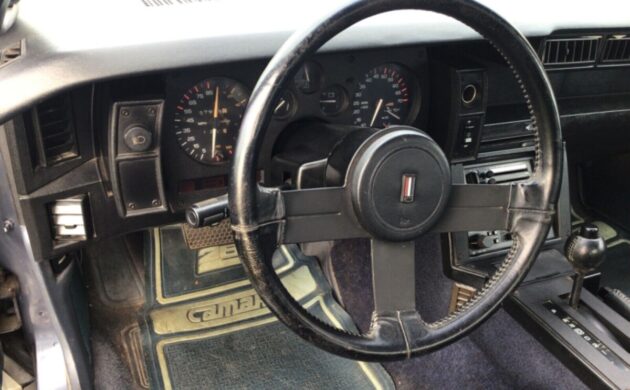
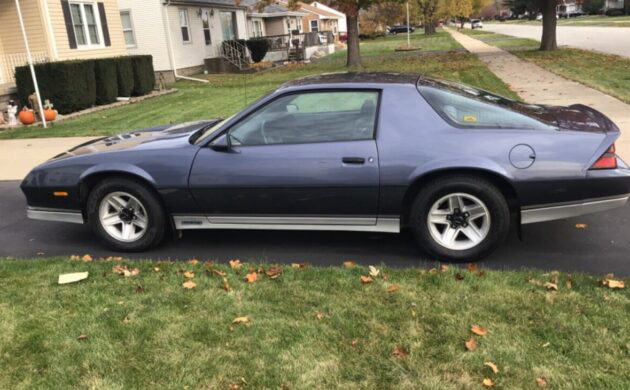
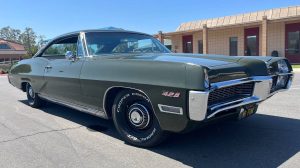
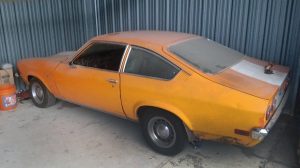
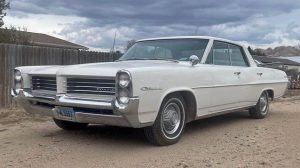
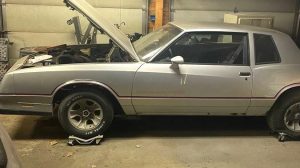


My buddy has an ’86 Z28 that he gets out every Saturday during the nice PA weather months and we often cruise part of the day away.
I get that these were under-powered post-malaise era cars, they can still provide loads of fun and I find the handling to be relatively good.
It’s the first 8 cyl car that taught me that you don’t need tons of HP to have a great time. You still feel like you are going fast.
And they are still pretty affordable, especially compared to the 2 previous generations.
Other than some minor issues this appears to be a decent buy. Seems like a lotta fun there for under $4k.
Reminds me of the good ol’ days of cruising around in my buddy’s ‘84 Z-28. His had the L69 high output 305. Pretty peppy for its day. Nice car when he first bought it but it was pretty dogged out in later years.
Only needs a 383 and subframe connectors.
I disagree with identifying this car as a relic from the Malaise Era.
Politically the Malaise Era ended when Ronald Reagan took office. As far as Camaro’s are concerned, the Malaise Era ended when the 12 year old design changed in 1982.
I had an 82 Z28with a 4 speed manual. It was auch a slug I put 4:11 gears in it. Didn’t take me long to destroy the garbage rear-end. I switched back to a stock differential so I could sell it. I remember getting pulled by Toyota Camary’s red light to red light. I ended up trading it for a V65 Magna.